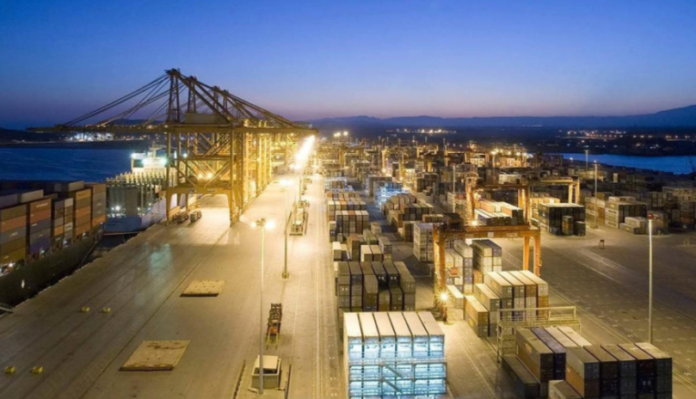The world’s largest lockdown so far has cost the Indian economy an estimated 7-8 billion rupees (US$98 million) over the 21-day period, according to Peter Deubet and his colleague Lea Miram, both of the Hamburg Representative Office in Mumbai.
The movement of ships in Indian ports is being greatly restricted due to the closure and quarantine measures taken by the government to combat the coronavirus pandemic. There are ships waiting for days in Mumbai, Gujarat and the west coast because the ports are facing labour shortages and serious logistical problems, reports Deubet, the head of the representative office, and Miram, Hamburg business manager in Mumbai.
When the ships get the slot on the berth, loading and unloading becomes an immense challenge, as there is less than 20% of the workforce in the ports and there are hardly any trucks to transport the goods to the hinterland.
The shipping lines are therefore already cancelling their calls. The containers are stuck in important ports partly due to global trade restrictions and the increase in “blank sailings” by shipping lines often leads to a shortage of empty containers.
The Indian government wants to gradually start opening the lockdown restrictions, Deubet and Miram claim. In order to ensure efficient, preferably contactless customs clearance and to reduce transaction costs, it has already been decided to allow fully electronic clearance by transmitting a PDF-based eOoC copy (electronic Out of Charge) for BoE and eGate Pass. Certificates of origin can now also be generated online.
The Indian Ministry of Shipping could use the Covid-19 pandemic as a reason for declaring force majeure. Adani Ports and Special Economic Zone (APSEZ), India’s largest private port company, has already announced force majeure at its facilities in Mundra, Tuna and Dhamra. At the same time, the Ministry of Shipping has also instructed all major ports to suspend penalties for delays caused by the lockdown.
These developments and conditions are also problematic in the context of India’s high import dependence on China (almost 70% in value terms). This affects the Indian health industry in particular, but also global supply chains in general.
Furthermore, logistics costs for the transport of goods are expected to rise. Some transport providers (especially trucking companies) have already increased their prices by more than 80%. The reason given for the surcharges for the transport of goods is a huge drop in offered capacity due to regulatory challenges and a drastic labour shortage.
Antonis Karamalegkos
Editor







